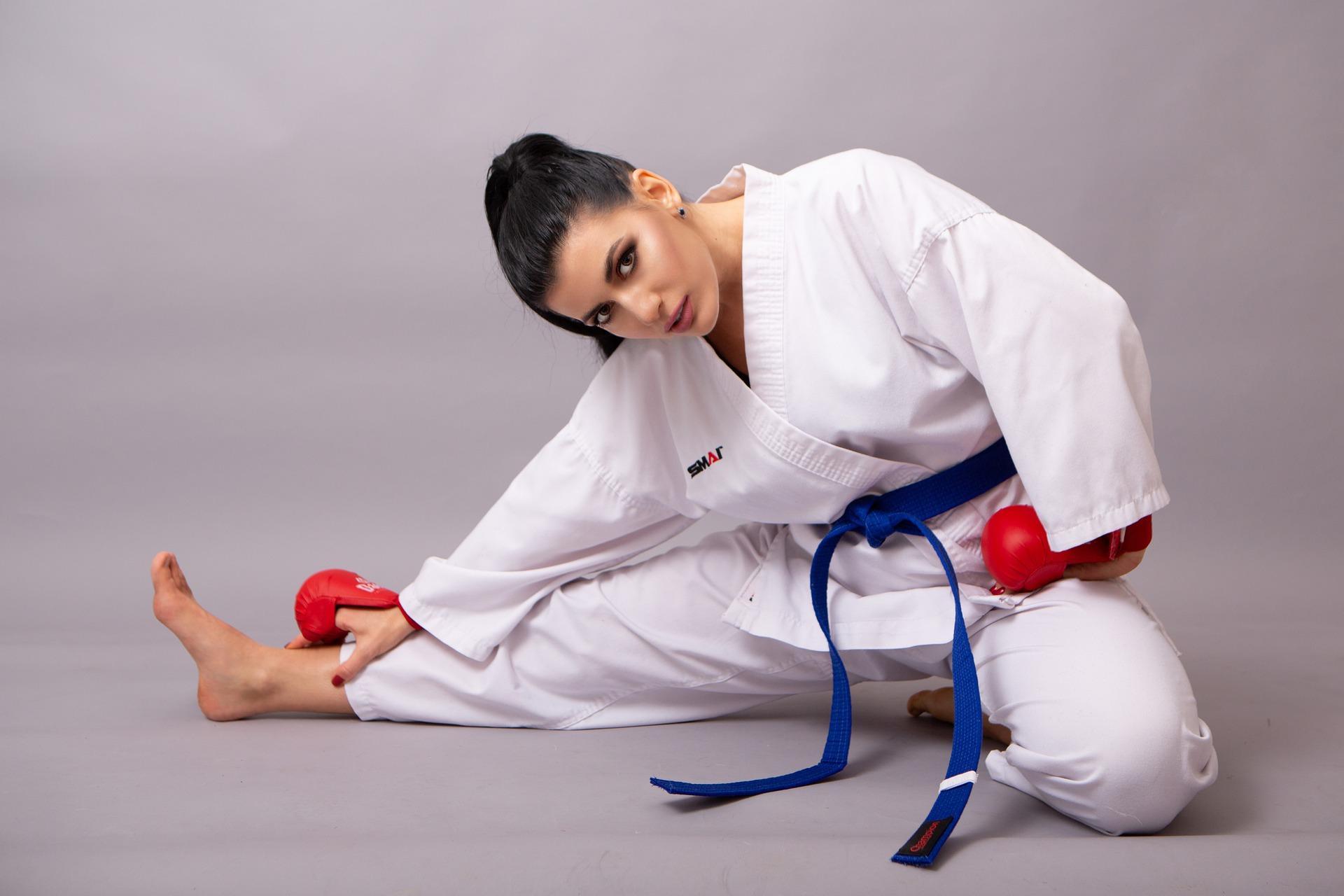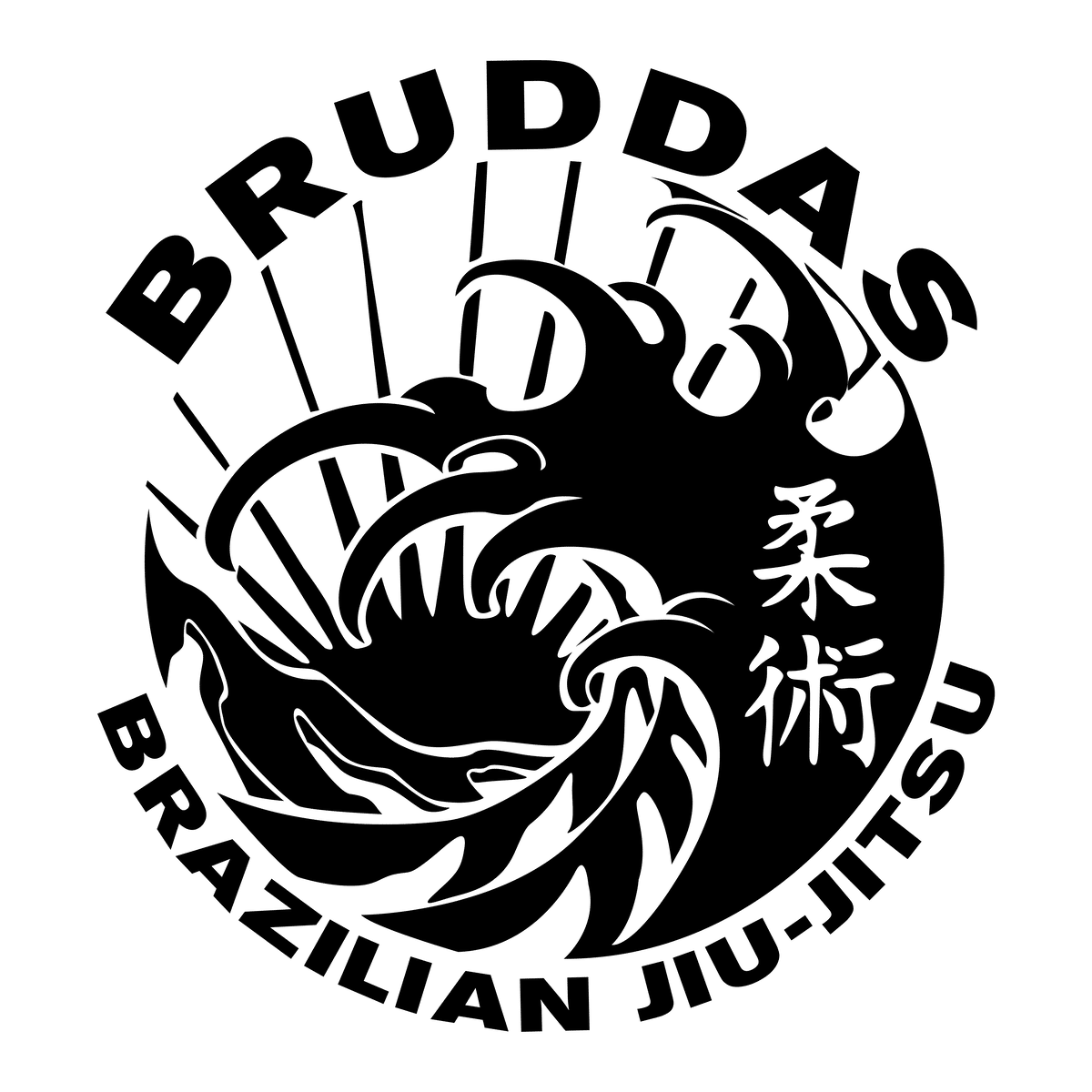

Stretching Exercises that Can Help Improve Your Flexibility in Jiu Jitsu
After practicing Jiu-Jitsu for some time, you will understand the need to use the joints over the entire motion range, and undergoing different motions will naturally increase your flexibility. Most Brazilian Jiu-Jitsu classes include a slight stretch, which is much more effective in increasing the flexibility of the core. Many Jiu-Jitsu students strongly recommend adding several yoga sessions a week to prosper enough flexibility and gain martial art belts. If there is a question in your mind about what martial art should I learn? After going through this detailed article, you will be able to decide on your own. After your decision, you can also go to, martial arts school near me.
Importance of flexibility in Brazilian Jui Jitsu
1) The wide range of motion makes you able to perform the technique correctly. In the beginning, you may have had a hard time swinging your foot over the opponent’s head to complete the move; that’s because of the tight muscles. Some of the lower movement may not be regulated, with taut muscles of the hip.
2) Flexibility submits hard. This is especially important for shoulder joint-related capitulations such as Americana lock, Kimura lock, and Omoplata. In working with several trainers with top-level martial art belts and having different flexibility levels, you will notice that people possessing less joint range are tapped much faster than people with average shoulder flexibility levels.
3) The guard retention ability is increased by increased flexibility in the hips and spine. Students who can fit their knees under their armpits can sneak in with hooks from any position and change guards. You can quickly reverse their guards by them over 90% and regain vigilance without knowing what happened. It is said that inversion is not the only strategy for guard retention, and inversion puts some stress on the cervical spine.


4) Resilience from joint injuries. The most crucial reason for Jiu-Jitsu’s flexibility is to secure your knees, elbows, shoulders and neck from injury during coaching. There is a slight risk of tearing of tendons and ligaments with flexible joints. Flexible muscles are more than an insurance policy for bruises.
If you are flexible enough to perform these postures, you can level up your martial arts belts.
Flexibility benefits for BJJ
The general benefits of BJJ are to:
Fend off or lessen bruises or wounds
Increase performance
Provided your specific goals for Brazilian Jiu-Jitsu and your current level of flexibility, you may need more or less time to stretch. Anyway, you can’t underestimate the benefits of following this stretching program.
Stretching techniques
There are two different approaches for stretching; if you have decided with the question, what martial arts should I learn? You can decide the stretching technique accordingly.
Active Stretching
Active stretching techniques comprise exercises that actively move the joints in their orbit. These are warm-up techniques for Brazilian Jiu-Jitsu. It can also be used as part of an autonomous movement routine that runs separately from other workouts, like waking up in the morning or on a rest day. The active stretch method makes use of controlled joint rotation (CAR). The purpose of CAR is to separate the joints of interest by creating tension in the rest of the body. Don’t rush the CAR or give momentum to the spin.
Passive stretching
The passive stretch technique is an exercise that moves the joint to its limit of flexibility and holds it in place for at least 20 seconds in a lightly painful area. This may include extraneous support, like applying a Brazilian Jiu-Jitsu belt to stretch the hamstrings. Passive stretching should be executed within 5-10 minutes at the end of BJJ classes when your body is still warmed up. Passive stretches after a workout have been shown to alleviate the spectrum of motion when continually carried out.
Increase Flexibility and level up your martial arts belts
Raised flexibility is a principal factor in improving athletic performance. Besides speeding up recovery from injuries and muscle aches, it also lessens the possibility of injuries. Brazilian Jiu-Jitsu (BJJ) movements stretch the body in positions that are not common in everyday life and maximize flexibility in parts that are not usually covered by traditional stretching exercises. However, Jiu-Jitsu requires a high degree of flexibility to perform a wide range of both defensive and offensive techniques, so beginning with inflexibility can limit Brazilian Jiu-Jitsu. After reading these discussed exercises, you will find an answer to your question; what martial arts should I learn?
Stretch Your Hips
This stretch is commonly known as Butterfly Stretch, as one of the main body parts of a wrestler is the hips, especially in Brazilian Jiu-Jitsu. For closed guards as well as armbars, powerful and flexible hips are very useful. Flexible hips not only aid you to keep and pass the guard but also helps your hip escape and protect yourself from submissions.
It is an effortless and very worthwhile hip stretch. First of all, align the soles of your feet close to the base of your feet. And try to keep your knees as flat as you can on the floor. Afterward, flap your knees and legs just like the butterflies flail their wings. Over time, you will be successful in bringing your knees closer to the floor, and in due course, you will be able to sit with your knees on the floor, and your hips fully bent.
Stretch Your Legs
Obstacle Stretch: The hurdle stretch that Bruce Lee used to keep her flexibility is the perfect stretch for your arms and legs. Sit on the floor, stretch one leg forward, and make attempts to reach your feet by hand. If you can, bring your head to your knees, at last swap your legs and repeat.
Stretch Your Shoulders and Arms
Take your arms in the back of your head, grasp your elbows by using your other hand, and lower your arms as far back as possible. If possible, bring your other hand at the backside of your back and put your hands together for a more acute stretch. Do both of the sides and repeat.
This movement is best to stretch your arms and shoulders further, including your back. Stretching the overhead shoulders is an excellent method to maximize the flexibility of these areas. This allows you to maintain a slow defense posture even if you are thrust in Kimura, Omoplatas, or Americans for a long time.
Skier squats
Skier squats are exercises that seem simple at first glance till you try them. It isn’t very easy to do. Stand with your feet together and turning them forward. The aim is to look at one side, turn your knees to the same side, and squat downwards to the flip side. The more you will practice this, the more freedom you have on your knees. Sink as profoundly as you could and bounce softly to stand up. The number of target rep is ten or more, and 3 to 5 sets are a guide.
Bent leg split stretch.
This is a more outlying stretch than a skier’s squat. It’s a crucial exercise to raise the Brazilian Jiu-Jitsu flexibility, as it often takes a similar position when turning out. Therefore, exercise is essential to avoid injuries.
To do this exercise, sit on the ground, bend one leg, place your heels under your buttocks, and extend your other leg forward. First of all, move your hips to a comfortable position on your bent legs. Then move the other side to sit on the ground, with the toes of the bent foot facing outwards. If you lean ahead in this position, your stretch will be even intense. The way is an outlaying active stretching. Straight through this method until used to both positions, use straight sets, move it to one side, release it in the center, and repeat it until done. You can then join both sides as a superset—set a goal to perform a total of 3 to 6 stretches for 30 to 60 seconds each time.
Hand across body stretch
This is likely to be one of the exercises you’ve been to. You have to stretch your arms in front of your chest just as you stretch the middle head of your shoulder muscles. But, if you are unable to achieve the correct angle from stretching, you can’t maximize the flexibility for BJJ.
To pose the stretch, settle your upper arm on your chest. Use your second arm to grab the triceps of your extended arm. With the help of this arm, first, pull your outstretched arm toward your belly button. This will result in early tension in your shoulder muscles. To further emphasize the stretch, pull your arms more towards your chest.
Neck and traps stretch
Stick stretch drills
At last, consider the neck movability and the flexibility of the shoulder muscles. As the name suggests, this exercise requires a cane. You have to keep the cane after you, keep your arms erect, and the palms of your body. To get in place, guide the stick in the direction of your heel and try to release it. This latches the scapula in the optimal posture for the drills.
When you decide on the type of martial art you should learn, then you hurry search about a martial arts schools near me.
Advertisements
gbjj
RELATED POSTS










